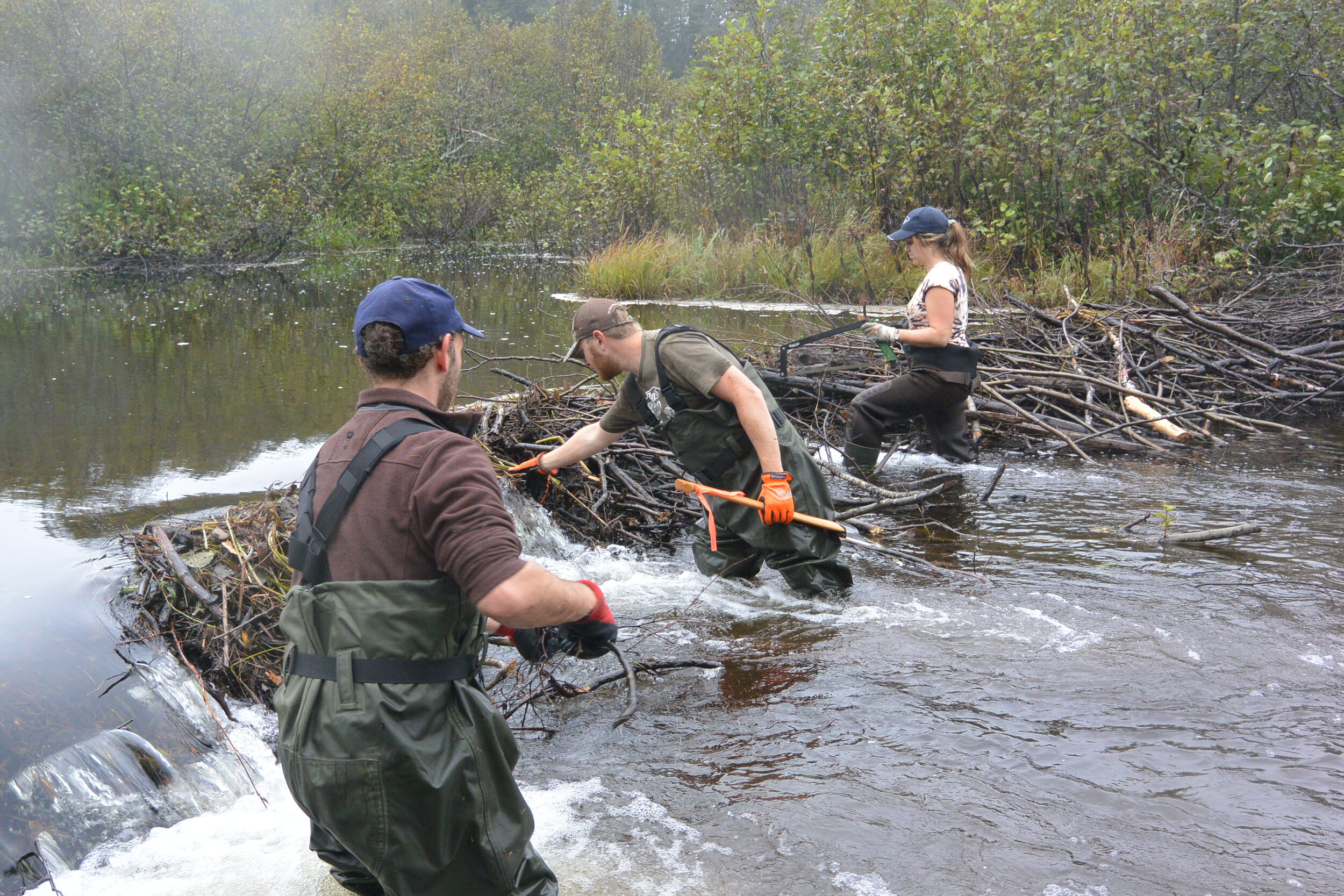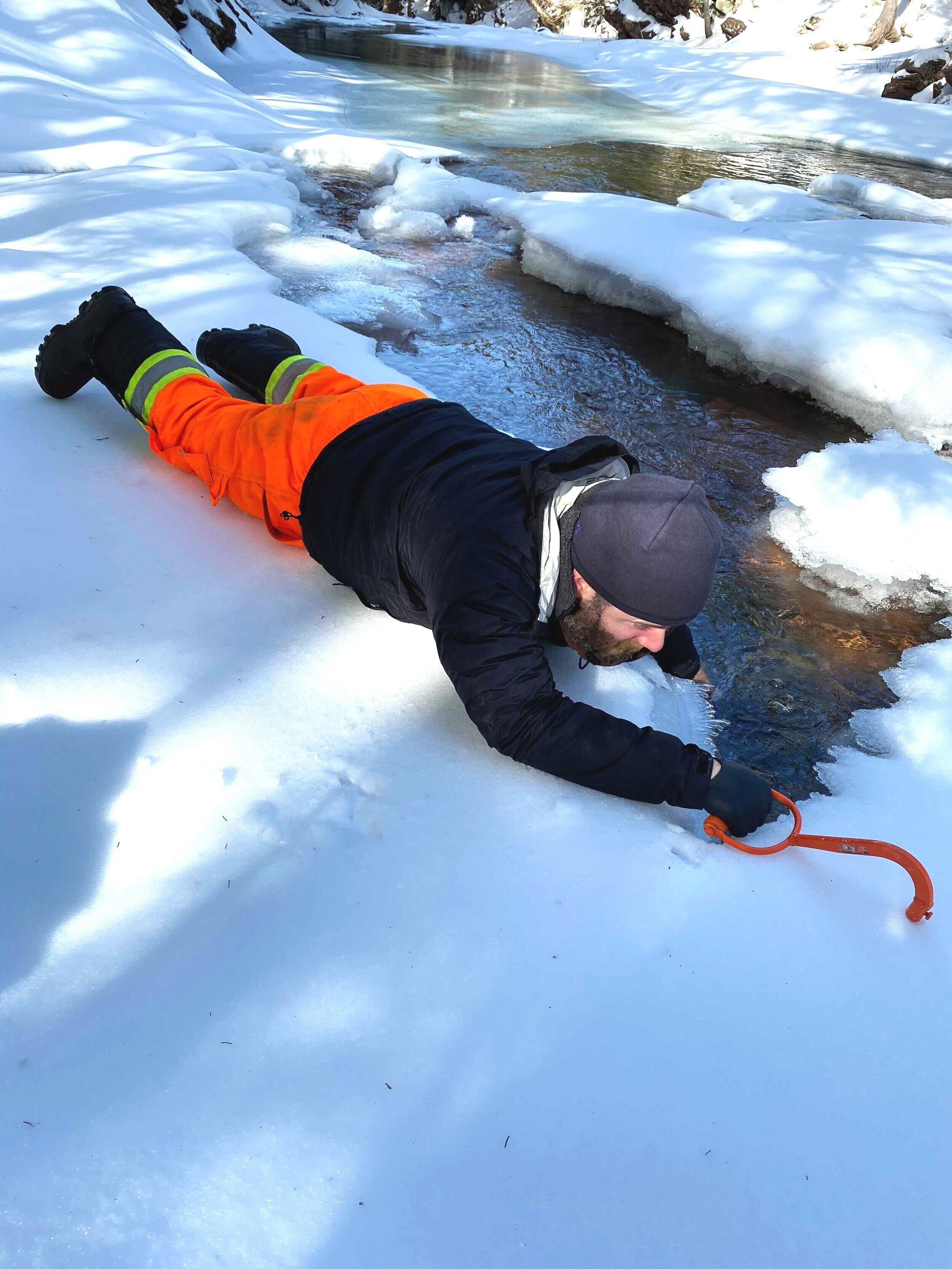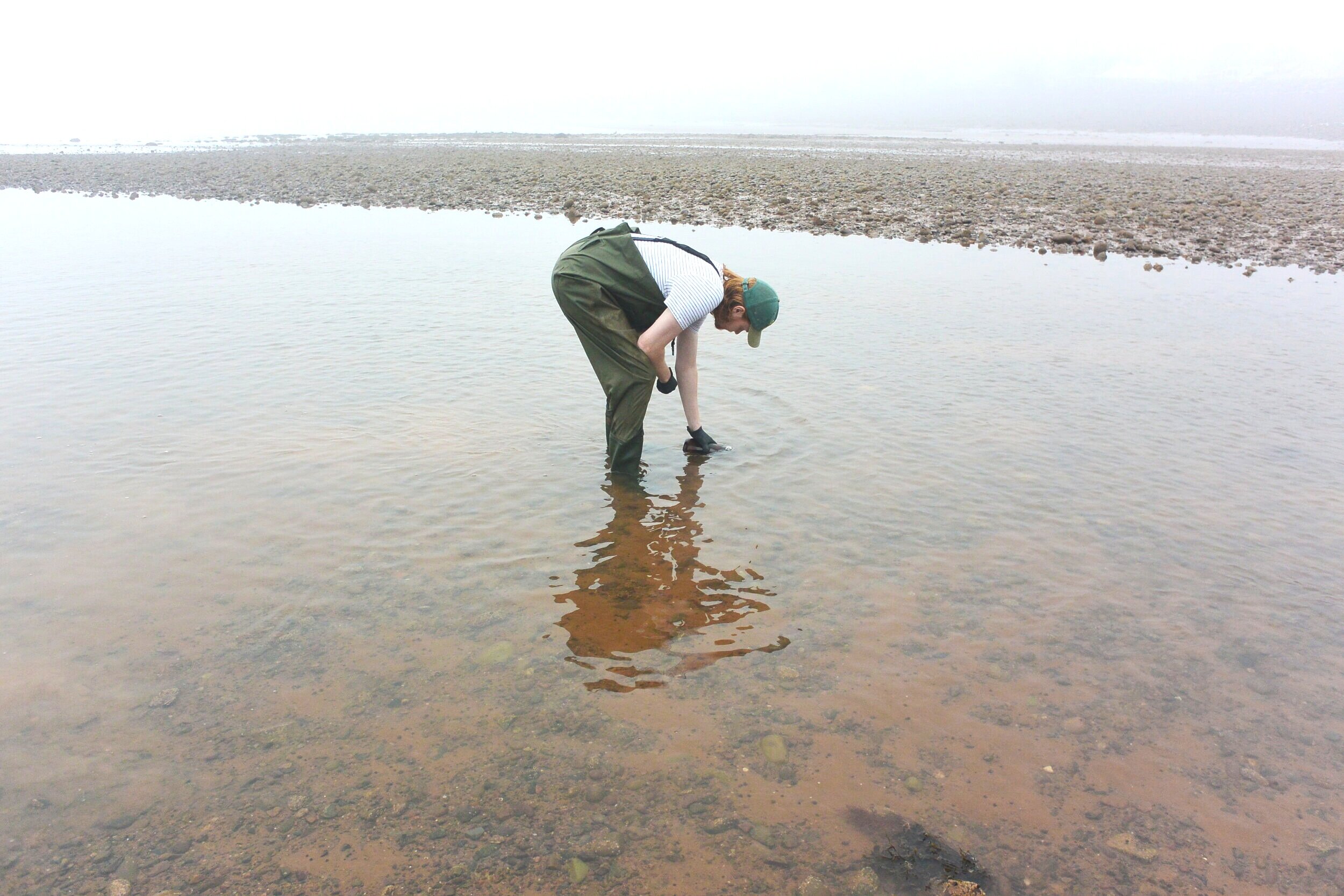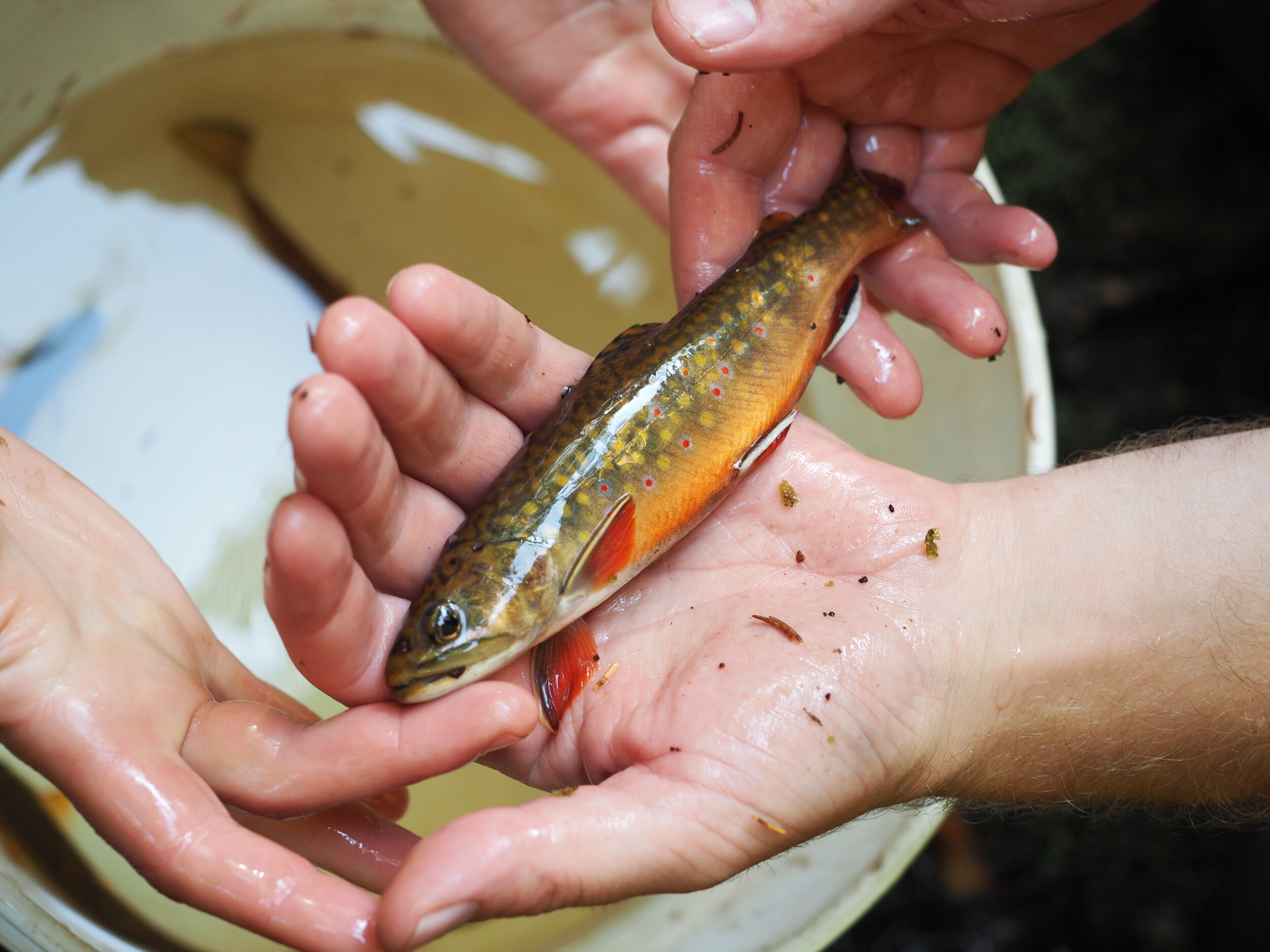INNER BAY OF FUNDY SALMON
Letting Rivers Run Wild: Identifying and Eliminating Fish Passage Barriers in Seven inner Bay of Fundy (iBoF) Rivers
* Atlantic Salmon parr caught in Black River in fall of 2019 by our ACAP’s electrofishing team
Through funding provided by the Government of Canada’s Habitat Stewardship Program, the Atlantic Salmon Conservation Federation, Patagonia World Trout Program, and Alpkit Foundation, ACAP Saint John developed watershed management plans for 7 coastal iBoF rivers. This multi-year project took place in the Mispec River, Black River, Emerson Creek, Gardner Creek, Tynemouth Creek, Mosher River, and Irish River watersheds (see map below).
Assessments included looking for barriers to fish passage, erosion, clearing on stream banks, conditions of water crossings, fish habitat, electrofishing, taking water samples for detecting trace environmental DNA (eDNA) of Atlantic Salmon in the water column, and visual snorkel surveys. This work is in support of the reestablishment of wild, self-sustaining populations of iBoF Atlantic Salmon.
* Map of project rivers east of Saint John, NB
Assessments made in 2019 lead to stewardship actions in 2020!
Continuity of fish passage was established on two rivers (Black River and Emerson Creek), and bank restoration took place on Black River. Monitoring in 2020 helped establish a list of future stewardship actions for Gardner Creek, Tynemouth Creek, Mosher River, and Irish River.
The Black River beaver dam was partially blocking ~2.5km of habitat for spawning Salmon. By notching the dams early enough in the season, this gives the beavers enough time to repair them before winter.
ACAP’s Restoration Team also created space for new life to take hold along the banks of Black River. The large trees planted here will help stabilize the banks with their deep roots and eventually provide shade for fish in the river.
After several days of work, the ACAP Restoration Team established continuity of fish passage between the marsh and the upper reaches of Emerson Creek.
environmental DNA
eDNA is an indirect and less invasive way of determining species presence in a system by taking water samples to detect trace DNA of an organism.
A positive result from lab analysis of water samples means that there were Atlantic Salmon present at the site or upstream.
A negative result does not mean that Atlantic Salmon is not present, however, any signal of presence was below the lab’s threshold for detection.
During surveys in 2019, we had a positive signal from eDNA analysis come back from the lab on Emerson Creek (see map below). We prioritized the Emerson Creek dam for restoration actions because at the time of water sampling for eDNA analysis, there was a positive Salmon DNA signals below the obstruction, but not above.
* Watershed map of Emerson Creek. Emerson Creek is to the east of the Mispec and west of Black River. The red line indicates the boundary of the watershed, delineated from digital elevation models. The blue line is the river, red dots are negative results from eDNA analysis of water samples and purple diamonds are positive results (sampled in 2019). The purple diamond is located just below where we notched the beaver dam.
We also had positive eDNA signals for Atlantic Salmon in Mispec River and Black River on 2019, and Irish River in 2020.
Electrofishing
We captured Atlantic Salmon during our electrofishing field programs on Black River and Mispec River in 2019. Other fish species captured included Brook Trout, American Eel, an array of Sticklebacks, White Sucker, lots of Blacknose Dace, Common Shiner, and Lake Chub.
* Brook Trout caught on Emerson Creek on September 26, 2019.
We were targeting Atlantic Salmon for comparison of abundances, but the fish community data we now have for these watersheds is great baseline data.
* ACAP Electrofishing Team member holding up a sample of tissue from the dorsal fin of an Atlantic Salmon. The Salmon are placed in a bucket in the stream that allows water to flow through until they are deemed ready to return to the stream.
When Salmon were caught, a small clip of the fin was taken. These tissue samples were sent to CRI Genomics Lab (University of New Brunswick). We are awaiting results from 2019, but the data will tell us if they are inner or outer Bay of Fundy Salmon.
The inner Bay of Fundy Salmon, which is a genetically distinct population from outer Bay of Fundy, has a different life history, among other behaviours. The data we receive from CRI Genomics will allow us to differentiate between the subgroups. We hope this will help continue the work that Fisheries and Oceans has been working on since the 1990’s comparing microsatellites, allozymes, and mitochondrial DNA genetics data.
ACAP does this work in support of wild, self-sustaining populations of iBoF Salmon
To learn more about some of the work Fisheries and Oceans is doing to maintain iBoF Salmon biodiversity, Click here
Parks Canada is working hard to save this species in Fundy National Park. To learn more about their work, and how you can help the Park, Click here
* ACAP Electrofishing Team member holding up a sample of tissue from the dorsal fin of an Atlantic Salmon. The Salmon are placed in a bucket in the stream that allows water to flow through until they are deemed ready to return to the stream.
ACAP Saint John is out there in the environment, for the community, with the community, in support of the ecological health of Saint John and its surrounding environments.
Funding in part by
““The thing the ecologically illiterate don’t realise about an ecosystem is that it’s a system. A system! A system maintains a certain fluid stability that can be destroyed by a misstep in just one niche. A system has order, flowing from point to point. If something dams that flow, order collapses. The untrained might miss that collapse until it was too late. That’s why the highest function of ecology is the understanding of consequences.””
